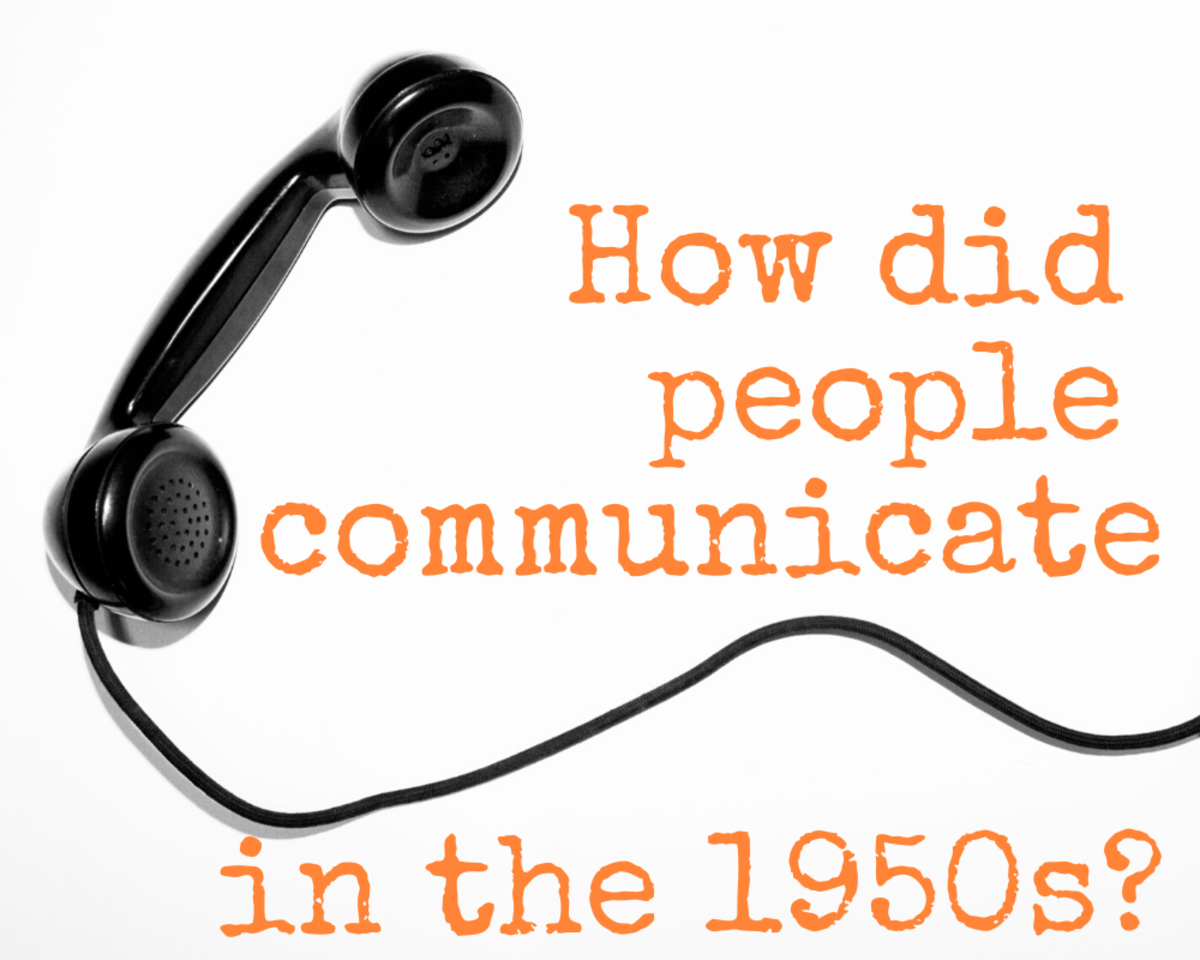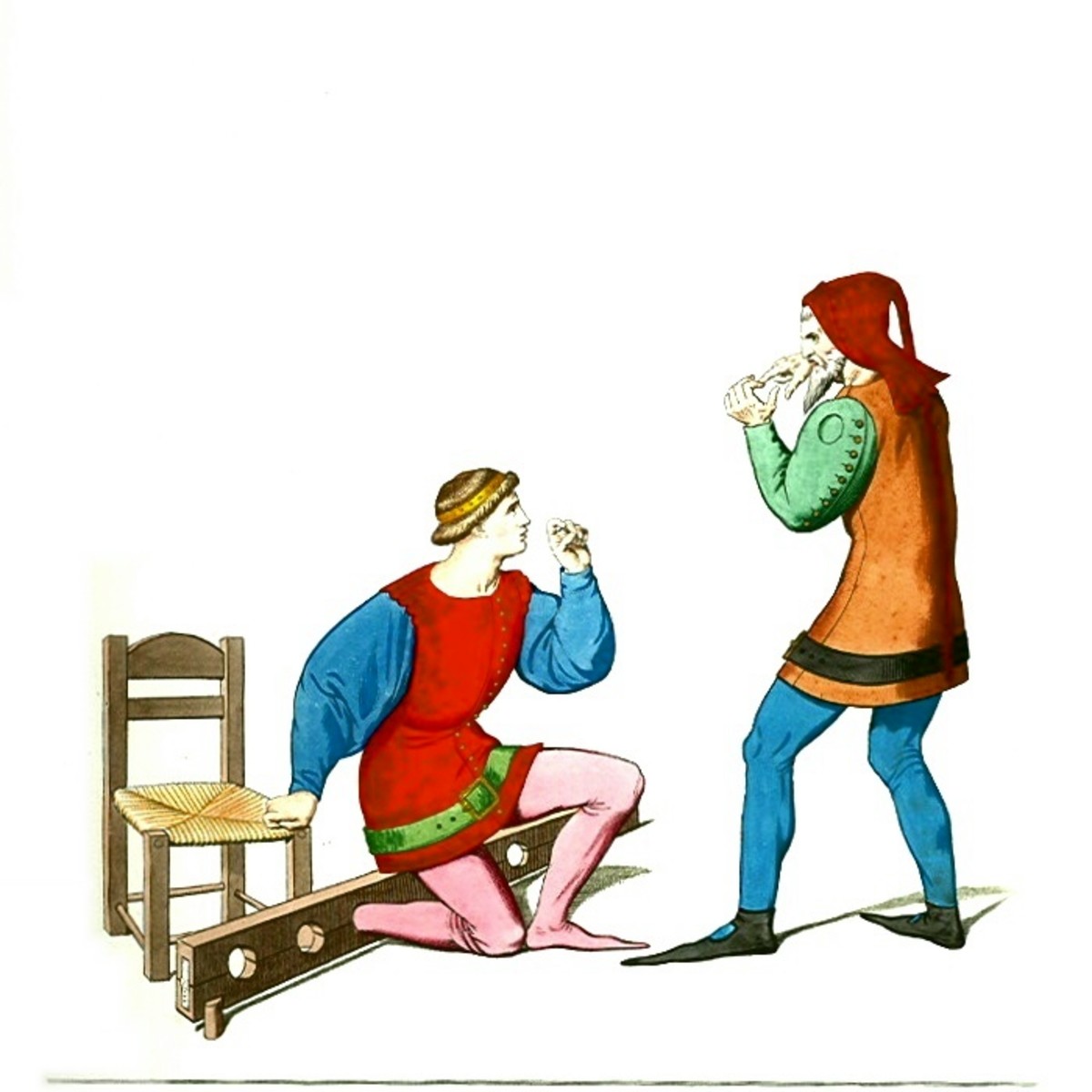Communication in a Changing World

Prehistoric Communication
In our changing world our methods of communication seem to be forever changing. Away back in the mists of prehistoric time there were message sticks in Australia, smoke signals in America, bonfires along the coast in Britain and drums in Papua New Guinea and Africa. Some of these are still in existence today, although they may be used for different purposes.
Communication in early History, 30,000 - 37 B.C.
The oldest visible communications are cave paintings from about 30,000 years ago. Pictograms have been found from 9,000 B.C. The first written communications to be preserved have been dated from around 4,000 B.C. I read somewhere that the first messages were sent by runners, by men delivering messages on horseback in a relay system, and by canoe and boat. In some places, such as the Islands of Papua New Guinea, letters are still delivered by canoe and boat, even today.
The first recorded pigeon post was in 776 B.C. The first mail was sent around 500 B.C. Things did not change very quickly in those days. Heliograph messages, by flashing mirrors, were recorded in 37 B.C.
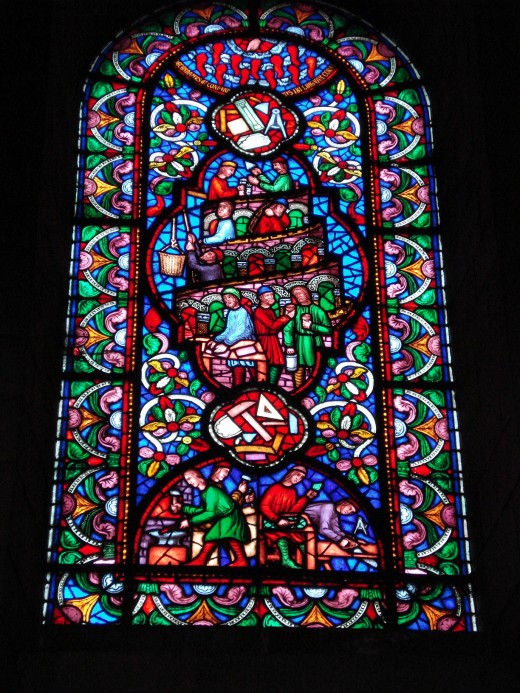
Methods of Communication Were Evolving
Slowly, other methods of communication were evolving. As early as the fourth century A.D. stained glass windows were used in churches. Many people could not read and write and the Biblical scenes these beautiful windows portrayed the stories to the people in a way they could understand. Frescoes and other paintings were also used to decorate churches and important buildings.
Paintings and writing were not the only means of communication, and by the Middle Ages we hear of the wandering minstrels who carried news from one town or castle to the next and delivered it by singing. Some Asian fishermen still use this method of communicating; in some language groups as many as eight tones are used and where words would not carry across the water, the musical tones of the language are easily understood.
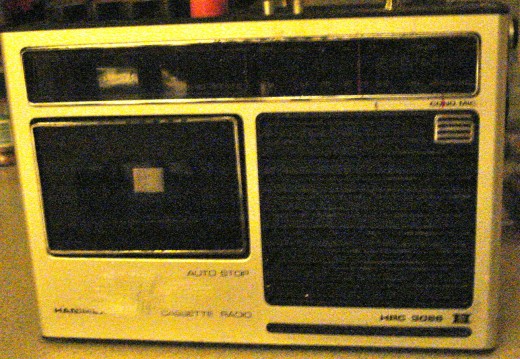
The Escalation of Communication
The spreading of news seems to have been a catalyst for increasing the speed of communication. In Europe, with the invention of the printing press in the 1650s books and newspapers became more readily available and more and more people learned to read and write. However, letters were still delivered by hand.
It was not until the 1790s that modern semaphore developed. This was followed by Morse code in 1835. As electricity and other discoveries and inventions began to escalate, the electrical telegraph began in 1838. In 1876 Alexander Graham Bell invented the telephone and the wireless, or radio, came into being in 1896.

The Deluge
The twentieth century signalled the beginning of the deluge. There was the beginning of television in 1927 and the first computers in 1969. Mobile phones began in 1981, followed by emails the next year. Surely there was nothing else to come? But, yes. While computers, telephones and mobile phones were all becoming smaller and more available, the end of the century saw the introduction in 1998 of the satellite phones.
Now we have wireless technology and who knows what will come next? Change seems to be the common factor. Just as soon as we begin to master some new technology, it shortly becomes 'old hat' and there is something new to grapple with.
Some Communication Methods Don't Change
Don't despair! There is a method of communication that never changes. Do you know about the technology that never changes and yet is the most up-to-date method of communication? It is the best ever! it is always available - and it is free.
3-G,
It's wireless,
No batteries to go flat,
Does not even need a password,
Does not need a simcard,
No mobile phone,
3-G.
3-G is:
God the Father who loves us,
God the Son who saves us,
God the Holy Spirit who guides us.
YES! The method of communication that is always there for us is PRAYER!
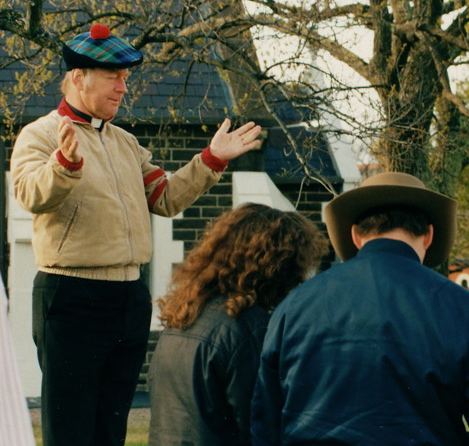
The Bible and Christianity
- Bible Storytelling by The Backyard Bards at CMS Summer Under the Son
At the Church Missionary Society's Summer Conference we heard Bible storytelling by a group called The Backyard Bards. It was dramatic, passionate and mind-blowing. We heard Bible passages as we had never heard them before and will never forget them. - Forgiveness and Spiritual Health
The article defines, looks at and compares forgiveness in the Old Testament and the New Testament. When we do wrong we must ask for and accept God's forgiveness, forgive those who wrong us and forgive ourselves if we are to attain spiritual health. - How Can We Keep Sundays Holy?
The Fourth Commandment tells us to take a day of rest, but we rarely seem to find time to do this. Rest is as important for our spiritual and physical well-being as rests are in music as they contribute to the harmony. - Billy Graham's Australian Crusades 1959
1959 heralded a change in the life of our family, but that year also brought the Billy Graham Crusade to Australia for the first time. It was the catalyst for change for many Australians as they made a commitment to give their lives to Jesus. - Three or Four Leafed Clover
The word 'luck' has been around for a long time and we often use it. Many people have good luck charms or a four-leaf clover, but St. Patrick used a three-leaf shamrock to teach the Irish about the Trinity. Christians should rely on God, not on luck. - How to Say Grace
We should know the difference between prayers before meals and saying grace. Grace before meals is a very old tradition and the article looks at the genre and some of its history, concluding that Christians should always thank God for our food. - A Meditation on Psalm 32 - Taizé Style
A meditation for Lent that combines Psalm 32, prose and poetry. When we pray to be forgiven God cleanses us from sin and surrounds us with His love now and for all eternity.


